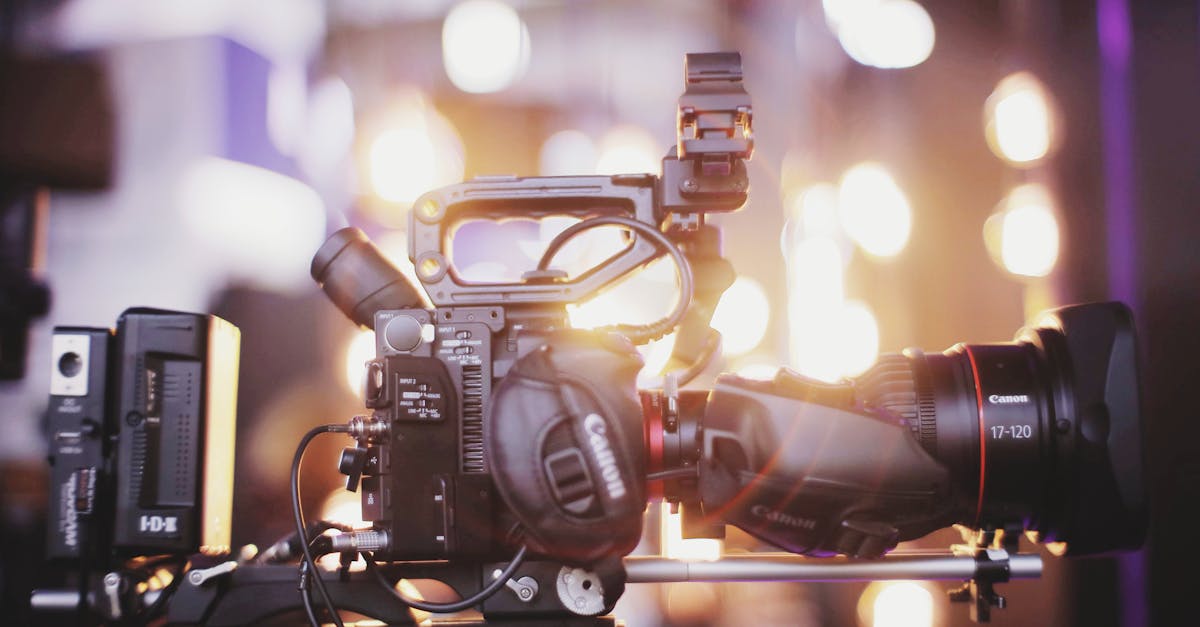
Table Of Contents
Challenges faced in adhering to the 180 rule
Challenges faced in adhering to the 180 rule can be significant for creators in the realm of visual storytelling. Ensuring that the camera stays on one side of the line can be a daunting task, especially in dynamic and action-packed scenes. Storyboarding in Cambridge presents artists with the unique challenge of maintaining visual coherence while following this rule meticulously.
Moreover, keeping characters consistently oriented and spatially aware within the frame can prove to be a struggle. While the 180 rule is a fundamental principle in cinematography and video production, its implementation can sometimes lead to limitations in shot variety and creative freedom. Navigating these hurdles requires a keen eye for detail and a deep understanding of the narrative flow within the context of a scene.
Maintaining consistency in scene transitions
Storyboarding in Milton requires careful attention to maintaining consistency in scene transitions to ensure a seamless visual flow. It is crucial for filmmakers and animators to follow the 180 rule to maintain spatial relationships between characters and objects within a scene. This rule dictates that the camera should stay on one side of an imaginary line drawn through the characters to preserve orientation for viewers. Failure to adhere to this rule can lead to confusion and disorientation for the audience, disrupting the overall visual coherence of the narrative.
In addition to the 180 rule, maintaining consistency in scene transitions also involves paying close attention to the positioning of characters and props within the frame. Keeping a consistent spatial relationship between elements in consecutive shots helps viewers track the movement and interactions of characters more effectively. By ensuring that elements are positioned logically and cohesively from one shot to the next, filmmakers can create a sense of continuity and fluidity that enhances the overall storytelling experience in Milton.
Tips for effective 180 rule implementation
To effectively implement the 180 rule in storyboarding, it is crucial to maintain consistent spatial relationships to ensure coherence for the audience. By adhering to this guideline, creators can avoid disorienting viewers with abrupt changes in perspective. Using establishing shots to orient the audience to the spatial layout of a scene can be particularly helpful in upholding the 180 rule. This technique allows for a smooth transition between shots, enhancing the overall flow of the narrative. Storyboarding in Saint Catherines often involves intricate scenes that require careful attention to detail regarding the placement of characters and objects within the frame to maintain visual continuity.
Another essential tip for successful 180 rule implementation is to strategically place characters and objects in each shot to maintain continuity and coherence. By doing so, storytellers can guide the audience's eye naturally across the screen, facilitating a seamless viewing experience. Utilizing visual techniques such as the rule of thirds can also help in composing visually compelling shots while adhering to the 180 rule. Storyboarding in Saint Catherines demands precision and meticulous planning to ensure that each frame contributes to the overall visual storytelling process without disrupting the spatial coherence established by the 180 rule.
Utilizing establishing shots for orientation
Establishing shots play a crucial role in orienting viewers to the setting of a scene in a visual narrative. In storyboarding in Markham, incorporating establishing shots effectively helps provide context and clarity to the audience. By starting a sequence with an establishing shot, the viewers are given a visual indication of the location, time of day, and overall atmosphere of the scene.
Additionally, utilizing establishing shots can aid in smooth scene transitions by setting the stage for the upcoming actions and interactions among characters. These shots not only serve a functional purpose by orienting the audience but also contribute to the overall visual appeal of the storyboard. By using establishing shots strategically, storyboard artists in Markham can ensure that the audience remains engaged and connected to the storyline throughout the visual narrative.
Historical background of the 180 rule
The 180 rule in storyboarding originated from traditional filmmaking practices and has been a fundamental guideline for maintaining visual continuity in a scene. Storyboarding in Kingston has long been influenced by this rule, which stipulates that the camera should stay on one side of the action axis to prevent disorienting the audience with inconsistent spatial relationships. By adhering to this principle, filmmakers and storyboard artists can ensure a seamless flow of movement between shots, allowing viewers to focus on the narrative without being distracted by abrupt changes in perspective.
Storyboarding in Kingston has seen the 180 rule evolve alongside advancements in visual storytelling techniques. As storytelling mediums expanded beyond traditional film, such as animation and interactive media, the rule adapted to accommodate new forms of storytelling while still emphasizing the importance of maintaining visual coherence. The application of the 180 rule continues to be a cornerstone in storyboarding, serving as a foundation for effective scene composition and impactful storytelling across various creative industries.
Evolution of visual storytelling techniques
Visual storytelling techniques have undergone a significant transformation over the years, reflecting the changing landscape of media consumption and production. Storyboarding in Barrie has played a pivotal role in this evolution, as creators leverage this tool to enhance the narrative coherence and visual appeal of their projects. From traditional hand-drawn sketches to digital storyboarding software, the evolution of techniques has allowed for greater flexibility and creative expression in visual storytelling.
The shift towards more dynamic and immersive storytelling experiences has influenced the adoption of modern visual techniques in storyboarding. With the rise of CGI, virtual reality, and interactive media, storyboard artists in Barrie are exploring new ways to engage audiences and deliver compelling narratives. This evolution in visual storytelling techniques not only reflects advancements in technology but also the changing preferences and expectations of viewers seeking unique and engaging storytelling experiences.
FAQS
What is the 180 rule in storyboarding?
The 180 rule in storyboarding is a guideline that helps maintain visual continuity in a scene by ensuring that the camera remains on one side of an imaginary line, known as the axis of action.
How does the 180 rule affect the viewer's understanding of a scene?
Adhering to the 180 rule in storyboarding helps viewers maintain spatial orientation and understand the relationships between characters and objects within a scene.
What are the key benefits of following the 180 rule in storyboarding?
By following the 180 rule, storyboard artists can create visually engaging and coherent sequences that enhance storytelling and prevent confusion for the audience.
Are there any exceptions to the 180 rule in storyboarding?
While the 180 rule is a valuable guideline, there may be instances where breaking the rule creatively can serve the story or enhance the visual impact of a scene.
How can storyboard artists effectively implement the 180 rule in their work?
To effectively implement the 180 rule, storyboard artists can use establishing shots for orientation, maintain consistency in scene transitions, and utilize visual cues to guide the audience's eye smoothly through the narrative.






